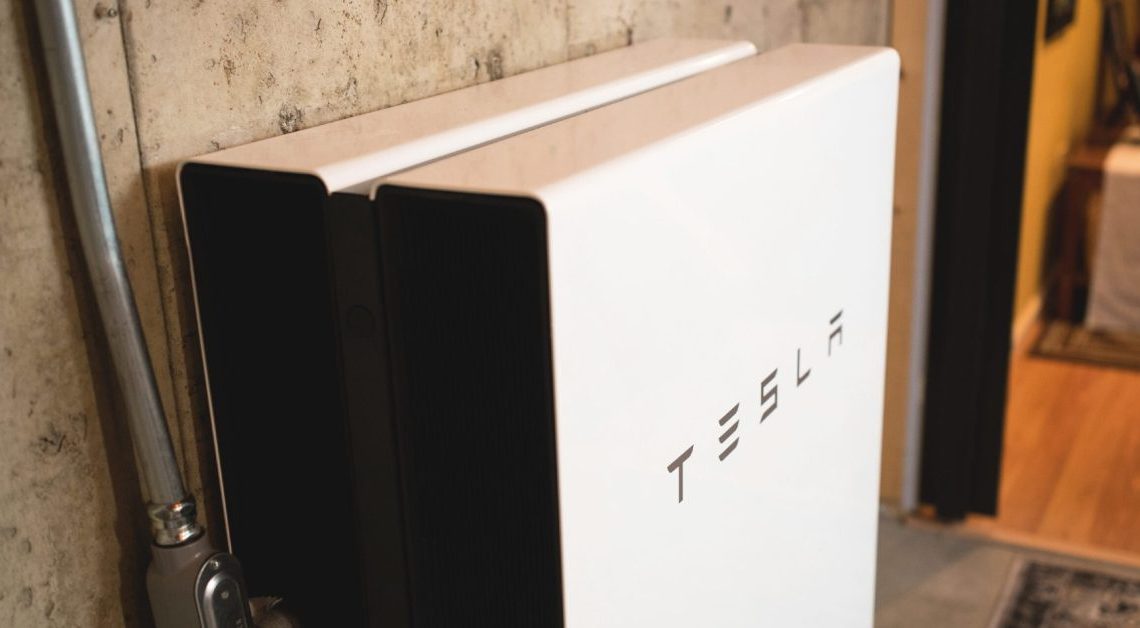
Connecticut’s home battery storage program, Energy Storage Solutions, just doubled its upfront incentive to help homeowners invest in backup power – here’s how it works.
In exchange for installing battery storage for 10 years to help reduce demand from the electrical grid and provide home backup during power outages, Connecticut’s Public Utilities Regulatory Authority has increased the maximum residential upfront incentive to $16,000 from $7,500.
The upfront residential incentive is calculated based on the minimum of the following three formulas:
- Residential formula 1: Battery’s energy capacity (kWh) * step rate in $/kWh
- Residential formula 2: 50% of battery energy storage system total project cost
- Residential Formula 3: Maximum per project incentive of $16,000
Higher incentives are provided to residential customers who are low-income, in underserved communities, or grid-edge customers. For customers that qualify as low-income, the upfront incentive increased to $600 from $400 per kWh. For customers who live in an underserved community, the upfront incentive increased to $450/kWh from $300/kWh.
Connecticut utilities UI or Eversource and Connecticut Green Bank will also pay performance-based incentives at the end of each summer and winter season for 10 years based on average energy contributions to the grid. All customers can receive a maximum incentive of $200 in the summer and $25 in the winter annually for the first five years, and $115 in the summer and $15 in the winter for the second five years.
Homeowner FAQs about the program can be found here.
Connecticut’s Energy Storage Solutions program can be combined with the Federal Investment Tax Credit program, which provides 30% tax credits for installing solar and battery storage.
Author: Michelle Lewis
Source: Electrek



